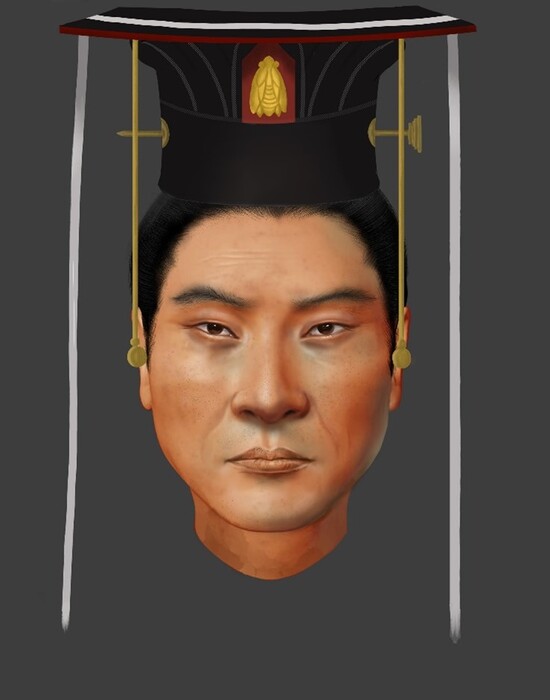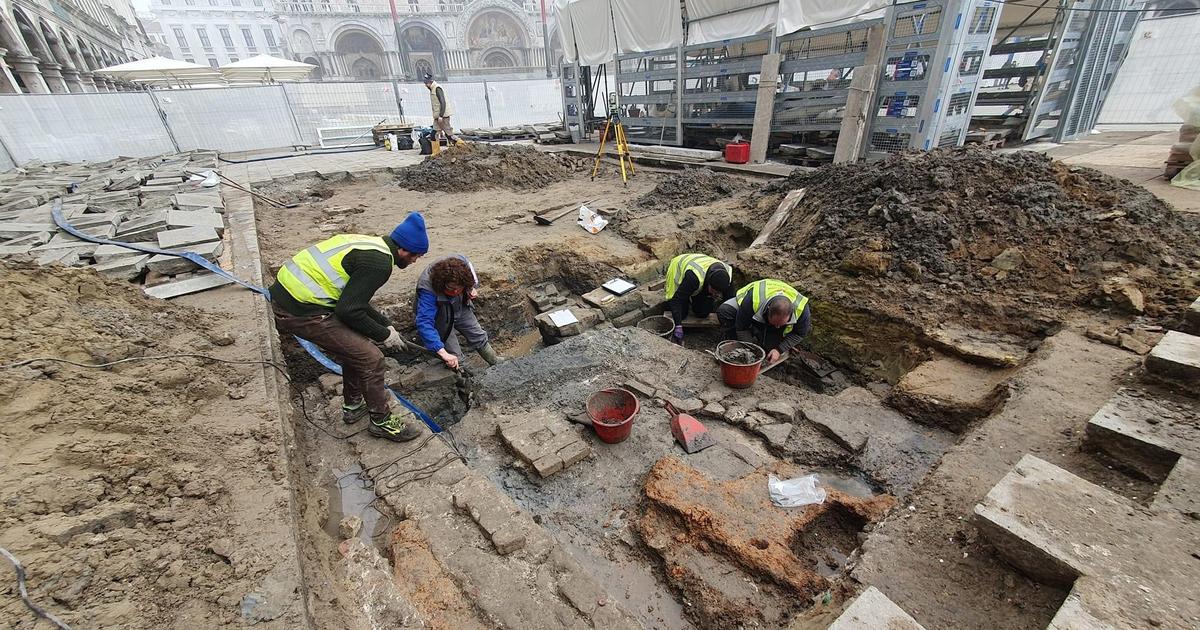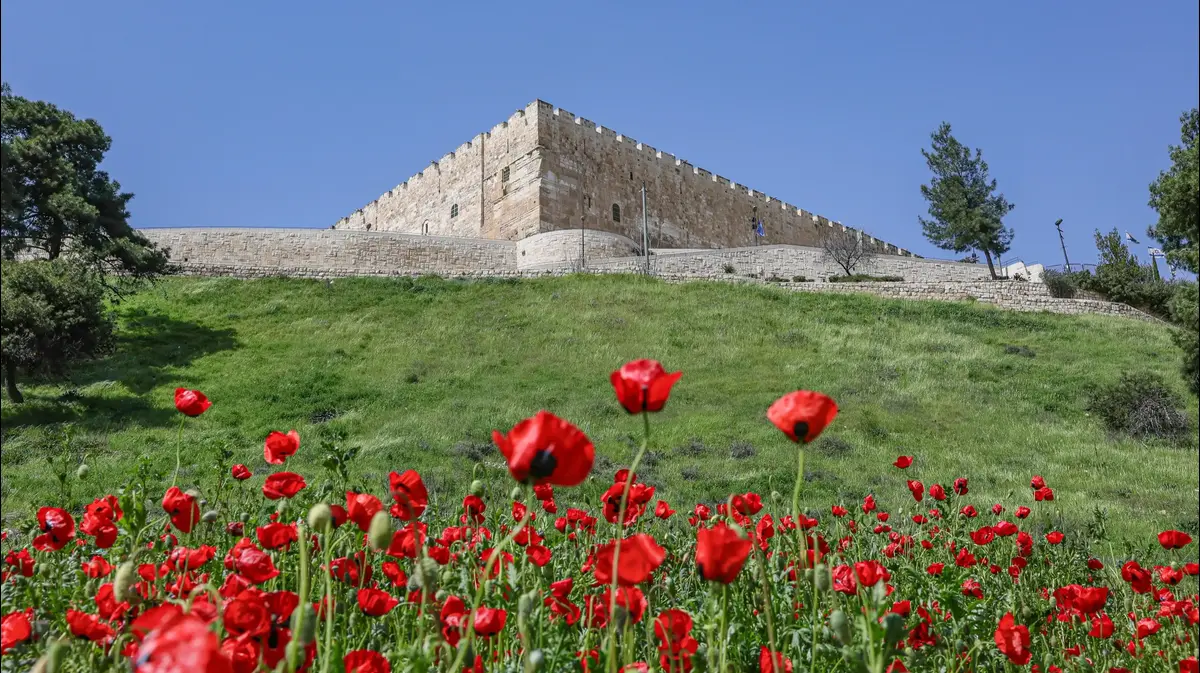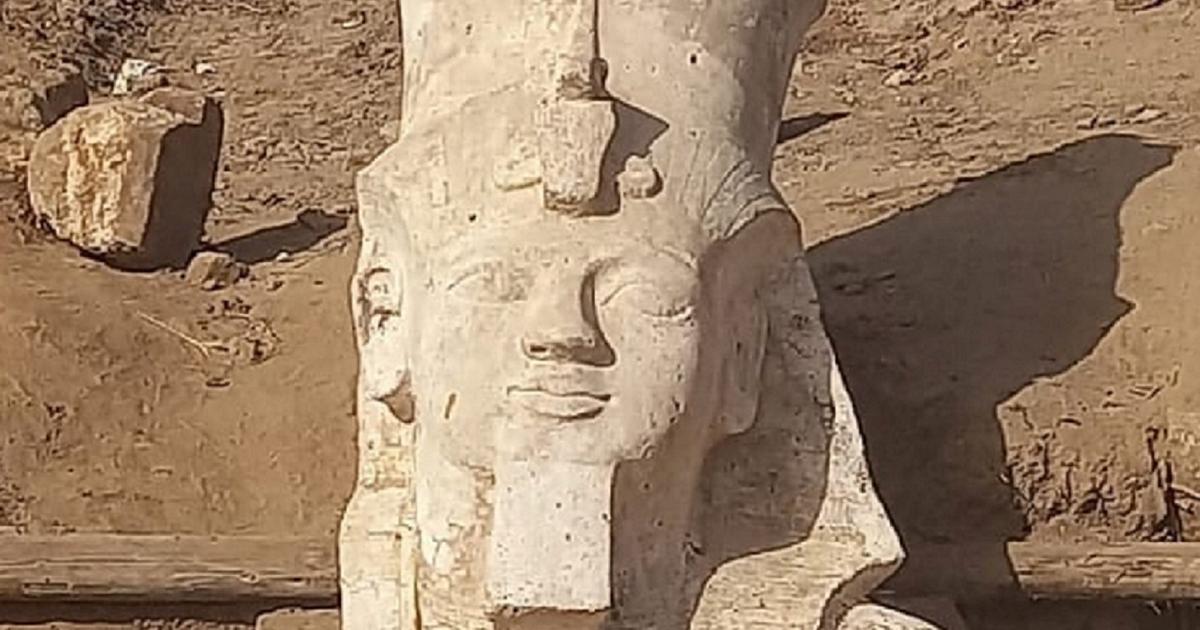Located opposite
the Egyptian city of Aswan, the
Qubbet el-Hawa
necropolis
hides about a hundred tombs carved into the rock of the hill.
One of them with ten crocodile mummies, an "archaeological surprise" because in this area of the west bank of the Nile its inhabitants did not worship
Sobek, the "crocodile god".
The remains of
five skulls and five partial skeletons
of crocodiles, measuring between 1.8 and 3.5 meters, were found in a small tomb in the necropolis.
The magazine Plos One publishes
its description today, in an article signed by researchers from the Royal Belgian Institute of Natural Sciences and the University of Jaén.
Qubbet el-Hawa is located about 1,000 kilometers south of Cairo and is a necropolis where the governors of the southern border of Egypt were buried,
between the year 2200 and 1800 BC.
The necropolis has been excavated by different teams of archaeologists for 150 years.
One of the crocodile skulls found in front of the Egyptian city of Aswan, in the Qubbet el-Hawa necropolis.
Since 2008, the project of the University of Jaén, led by the professor of Egyptology,
Alejandro Jiménez-Serrano
, has discovered and excavated 25 tombs, from large funerary complexes to small tombs, such as this one found in 2019 with remains exclusively of ten crocodiles. .
"
It is the first time
in the entire necropolis that these mummified animals have been found," Jiménez-Serrano assures the EFE news agency, who points out that the discovery "is quite a surprise", because in Aswan, as far as is known,
there are no the god Sobek
, god of water and fertility, was often depicted with a crocodile head.
In ancient Egyptian tombs it is common to find animals, either as offerings to the deceased -for example,
birds or some part of a bovine-
or as offerings to the divinities.
In the first millennium before the common era, the practice began of giving mummified animals to certain gods in order to get closer to them and gain their favor.
The crocodile mummies found in a tomb 1,000 kilometers south of Cairo, in Aswan, did not have the bandages because they were eaten by termites.
Here's what the researchers think is behind this new finding.
The people who made this offering sought the favor of the divinity and the crocodiles are
"the intermediaries" between the human being and the god
, explains the director of the project.
The remains were found in 2019 and were examined in a field laboratory only at the end of 2022. The style of conservation of the mummies is different from that found in other sites, especially because
they lack evidence of resin
or evisceration -extraction of viscera. abdominals - of the corpse as part of the mummification process.
The preservation style suggests antiquity before
Ptolemaic times
, consistent with the final phase of funerary use of Qubbet el-Hawa during the 5th century BC.
None of the specimens was wrapped in bandages, a material that was
eaten by termites
, although there were some remains that indicate that they were once wrapped, or covered by vegetable mats.
The archaeologists stated that the find is a "surprise" due to its unique characteristics.
The animals were found in the
upper part of a grave
, on a layer of sand that covered four burials - two men and two women - deposited 1,700 years before.
The people of Aswan chose Qubbet el-Hawa to bury the crocodiles because the necropolis was already considered sacred and was
closer to the divine realm.
Based on their morphology, the researchers identified two species;
West African crocodiles and Nile crocodiles. One of the most important things about the discovery, sums up Jiménez-Serrano, is that they believe they
"starved them to death
. "
Some crocodiles, he details, have a notch on one of the hind legs, indicating that it
was tied up.
Others had
stones in their stomachs.
One of the crocodiles found in a tomb 1,000 km south of Cairo has stones in its stomach.
Others were tied up.
That would indicate that they were left to starve to bury them.
The researchers believe that once dead they
were buried in sand to dry them out
and then they were packed in cloth, bandages or mat and transferred to the tomb of Qubbet el-Hawa.
It is a simpler and more accessible mummification, but the important thing is that they serve as transmitters of human desires in the face of divinity, emphasizes the researcher from the University of Jaén.
"More than 20 burial places with crocodile mummies are known in Egypt, but finding
10 well-preserved mummies together in an intact tomb is extraordinary
," summarizes the Belgian researcher Bea De Cupere in a note from the university, according to the EFE news agency. .
look also
Students who were on a field trip find a 3,000-year-old beetle seal
Astonishment in Egypt: they found a tomb from the era of Thutmosis on the banks of the Nile and they believe it belongs to a queen




/cloudfront-eu-central-1.images.arcpublishing.com/prisa/4FLE5PNY3VBLRCDNGWKQRJSUN4.jpg)




